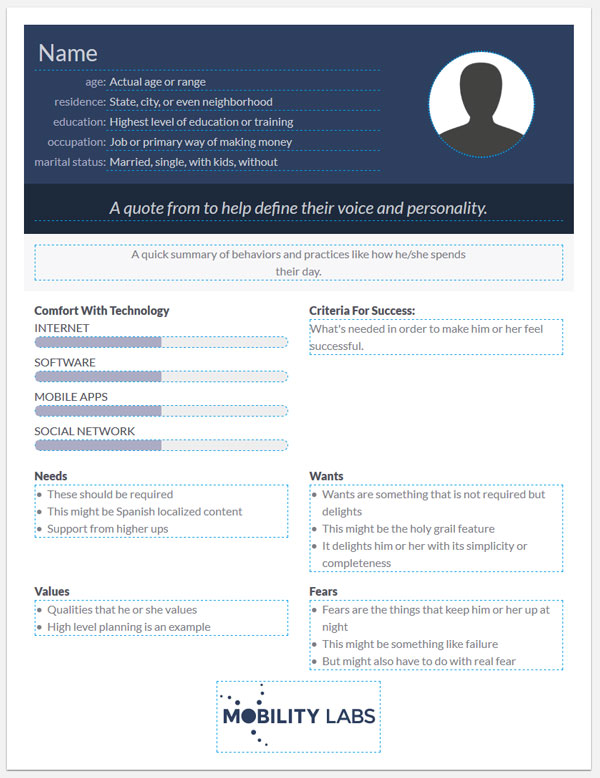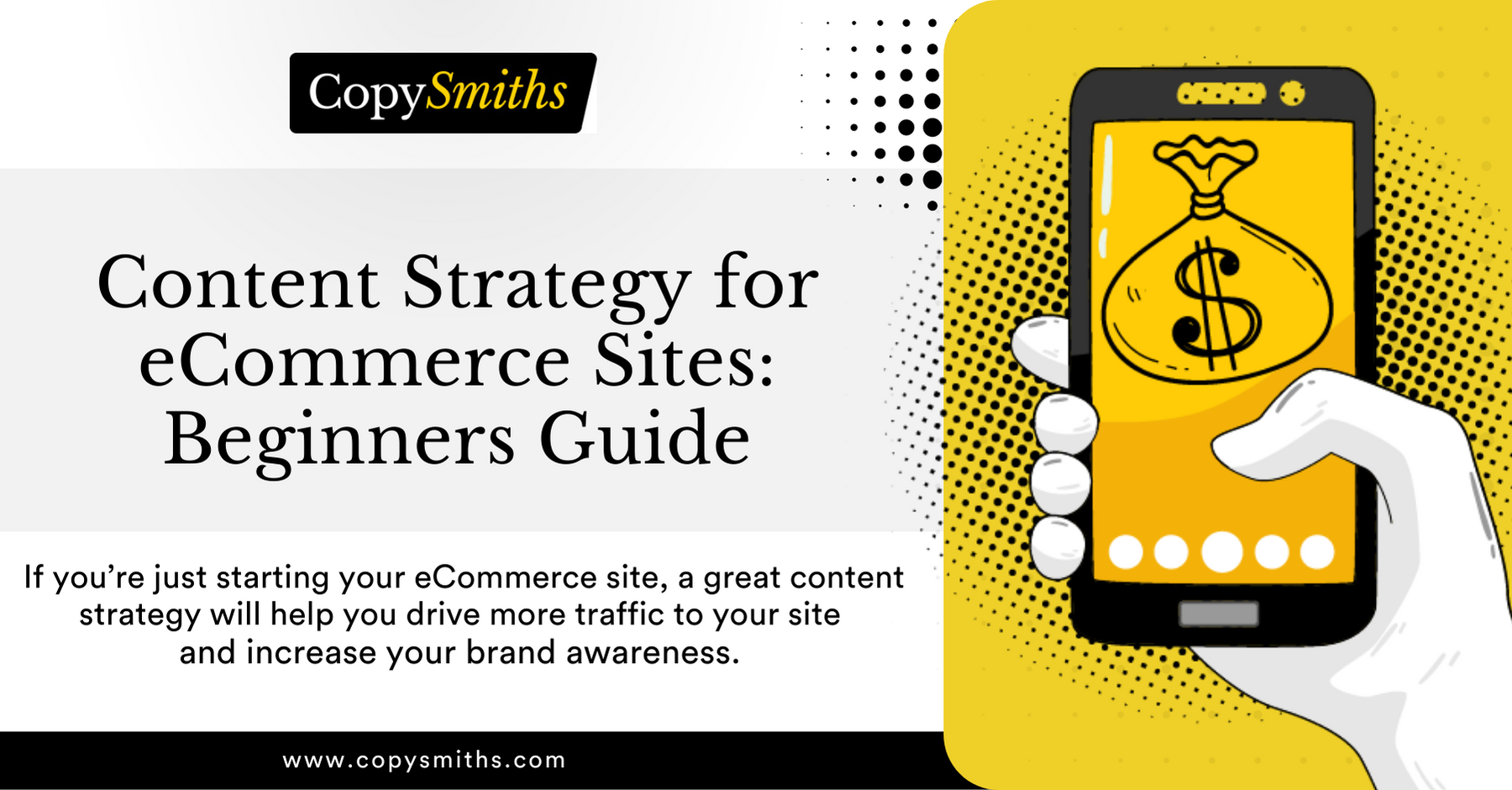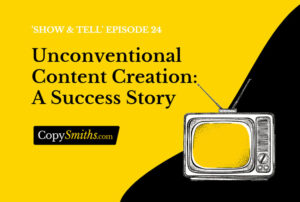Home » Content Marketing » Content Strategy for eCommerce Sites: Beginners Guide

Content Strategy for eCommerce Sites: Beginners Guide
Any successful online store relies on effective eCommerce content marketing to increase traffic and conversions, boost search engine results, and eventually generate more sales.
However, creating quality marketing content is not as easy as it seems. It requires a carefully thought out eCommerce content strategy tailored to your company’s goals and metrics.
But what is a content strategy?
A content strategy for eCommerce sites focuses on planning, creating, and publishing content tied to the store’s goals with clearly defined steps to reach these goals.
Without a strategy, content becomes just words, images, and videos put together and results in little to no growth for your eCommerce store. But with the right content strategy, any eCommerce store will:
- Increase its customer engagement
- Generate profits
- Convert readers to customers
- Earn the customer’s trust
If you’re just starting your eCommerce store, remember your content strategy will either make you stand out from competitors or cost you potential buyers.
The steps below will help you build an effective content strategy.
Step 1: Identify Your Buyer’s Persona

Source: CopySmiths
The first and most crucial step to creating an effective content marketing strategy is knowing your buyer personas.
As strange as it sounds, most eCommerce stores jump straight into creating content without understanding their customers’ qualities.
Are you creating content for buyers or for your audience? It’s easy to get the two mixed up. Let’s look at the difference:
- An audience persona: This is someone seeking to consume content for entertainment or educational purposes. They are not really looking to purchase an item or service.
- A buyer persona: Besides consuming content, they’re driven to the site to make a purchase that meets their needs.
Your content strategy needs to be customized around your buyer personas. The content needs to be centered around their goals, desires, and demographics.
Here’s a detailed explanation on how to customize content for different buyer personas:
- Demographics: Include information like gender, age, income bracket, and education. These help to set the right tone and style for your content. For instance, your tone and style of writing for a teenage student will vary from what use for a 50-year-old doctor.
- Motivation: What do the buyers want to accomplish? Do they want to learn more about the products? Include an FAQ page explaining your products in detail.
- Pain points: Issues and frustrations that cause pain to the buyers. For instance, they might not know how a product works, so they avoid buying it. In this case, create how-to guides.
- Preferred apps and sites: Knowing the social media sites (Facebook and Instagram) your buyers love lets you know how to reach them. You can then market your content on those sites and get their attention.
- Fears: What keeps your customer up at night? Create problem-solution content which addresses their fears and offer them your product as an instant solution.
With all this data, you can now create content for a specific audience. The more specific your buyer persona gets, the more tailored your content strategy becomes.
Golden rule: Always use accurate customer data. Personas are only as valuable as their data. One-on-one interviews, surveys, and analytics are all essential data collection tools.
Step 2: Define Goals for Your Content
After determining your buyer personas, the next step is to create realistic goals for your content.
What do you want your content to achieve?
Here are some result-oriented content goals:
- Drive traffic to your blog
- Build awareness for your brand
- Increase your email sign-ups
- Improve customer service
- Promote a campaign
As you define your goals, make them as detailed as possible. This allows you to effectively customize your content strategy to your target customers.
For instance, if your goal is to drive traffic to your blog, how do you plan to achieve this? Will you market your content through social media? Or through paid advertising? Will you add backlinks? Or become a guest blogger on a reputable site?
Step 3: Create a Content Plan
Take your target customers, add your content strategy goals, and the result is a crystal clear idea of where your content is headed. Now you only need a plan to execute it.
Your content plan brings your eCommerce content marketing ideas to fruition. It outlines the:
- Type of content to create for your target customers
- Topics your content will cover
- Resources needed to create and produce your content
- People in charge of creating the content
- Publishing schedule for your content
As you create a content plan, consider writing your ideas on a spreadsheet.
For a more detailed content plan, categorize these ideas according to the cost, time, and stage of their creation. This determines the effectiveness of your content for its intended goals.
Expert Tip: As a beginner, consider hiring a content shop if you have a tight budget and need bulk content for your eCommerce store.
A content shop like CopySmiths effectively plans, creates, and publishes eCommerce content for you, leaving you to focus on other aspects of your online store.
Related: Who to Hire? — A Custom Content Shop or a Freelance SEO Writer
Step 4: Perform Keyword Research
Performing keyword research is a key ingredient to building an excellent eCommerce content strategy. It reveals the search terms used by your target customers whenever they search for products, information, or solutions online.
Researching keywords lets you know the words to use to rank high in search engines. They’re also the words Google uses to know what your content is about.
Include these types of keywords in your content:
- Short keywords: Identify a large concept or a group of items, like cars.
- Medium keywords: These can be 2 or 3 words that narrow down a concept, like white cars.
- Long-tail keywords: These are longer and more specific, like white Subaru racing cars.
Aim for high volume, low competition keywords. They’ll rank highly in search engines despite your site being new and not well visible on search engine result pages.
Step 5: Create Content
After researching, proceed to create content for your eCommerce site.
Note that content is one of the top SEO ranking factors, so it’s vital to get it right.
Longer content with depth is ranked highly and gets more shares and backlinks, boosting the rankings even higher.
One way to develop content for your eCommerce site is by using topic research tools like SEMrush and Google Trends. These will help you locate content ideas based on your customers’ needs.
The topic research tools help you discover the:
- Most popular topics
- Headlines with the best engagement
- Frequently asked questions (FAQs)
Apart from the tools, you can generate content through:
- Teamwork: Brainstorm relevant topics with a team invested in the process.
- Competitor analysis: Research topics the top brands in your field are talking about.
- Thinking outside the box: Come up with fresh angles of writing relevant topics that have been tackled before.
Insert SEO elements in articles such as tables, unique images, and videos to rank your content higher in search engines and entertain the readers. They bring your articles to life and break the monotony.
Are videos more engaging than images for eCommerce marketing? Let’s find out.
| Videos | Images |
| Are eye-catching because they have images, audio, and motion | Have more appealing and captivating quality than videos |
| Provide more information within a short time, but are easily forgotten | People can develop an emotional attachment with pictures, drawing in more customers in the long run |
| It’s harder to produce high-quality video content by yourself | Easier to produce than videos |
| Stiff competition from other marketers promoting video content | Develops and establishes your brand’s uniqueness and authenticity with less competition |
Also use FAQs to create content for your eCommerce site. An organized FAQ page is often the first point of reference for new customers looking for solutions to their problems.
Step 6: Promote Your Products
The primary goal of content marketing is not just to make sales but to build an audience you can sell to for a long time. One way of doing this is through publishing and promoting rich content to educate and meet your customer’s needs.
Consider the following:
- Creating tutorials that show how people can solve a certain problem using your products or tools.
- Mentioning your products in buyers’ guides.
- Reviewing your competitor’s products and services and comparing them with your own.
- Building SEO topic clusters on the blog (pillar page and cluster articles).
- Creating a content hub that improves your brand engagement and differentiates you from your competitors.
- Internal linking to product pages or categories to create more brand awareness.
Create an Effective Content Strategy for Your eCommerce Site Today
The effectiveness of your content marketing strategy comes down to one factor—an increased number of sales.
If you’re just starting your eCommerce site, a great content strategy will help you drive more traffic to your site and increase brand awareness.
However, converting your audience is not as easy as it seems, so it will take longer to get ROI for your investment.
To speed up the process, hire a content shop like CopySmiths. We’ll work with you to produce high-ranking mass content (10, 20, or 50) articles ideal for your target audience.
We’ll handle everything for you, from content ideation to publishing, so you can focus on other aspects of your business.
Here’s what Sander says about us:
“It has been a pleasure working with the CopySmiths team – they are reliable, efficient, and great at curating high-quality content on complex subjects…” – Sander Tamm
Contact us today for further inquiries.
Share of LinkedIn:
CopySmiths
I'm Katrina McKinnon, founder of CopySmiths and Small Revolution. In my 20 years of experience, I have helped online businesses create high-performing content specifically on an eCommerce store's blog. Find me on LinkedIn and Twitter.

CopySmiths offers the best blog writing services for online stores.
If you'd like us to write blog articles for you, click here.
Most Recent
- 3 Bold Questions You Should Ask When Hiring A Content Writer

- 5 Practical Reasons You Should Use a Blog Post Template

- 4 Amazing Benefits of Using a Title Generator for New eCommerce Blogs

- 10 Awesome Bio Examples Your Online Store Blog Should Emulate

- 8 Basic Steps to Successful Content Development Every Time

Podcasts
Got a question?
Ask our friendly team about our article writing services.
Subscribe to CopyZine
Monthly, hand-picked stories of the best in eCommerce Content.





